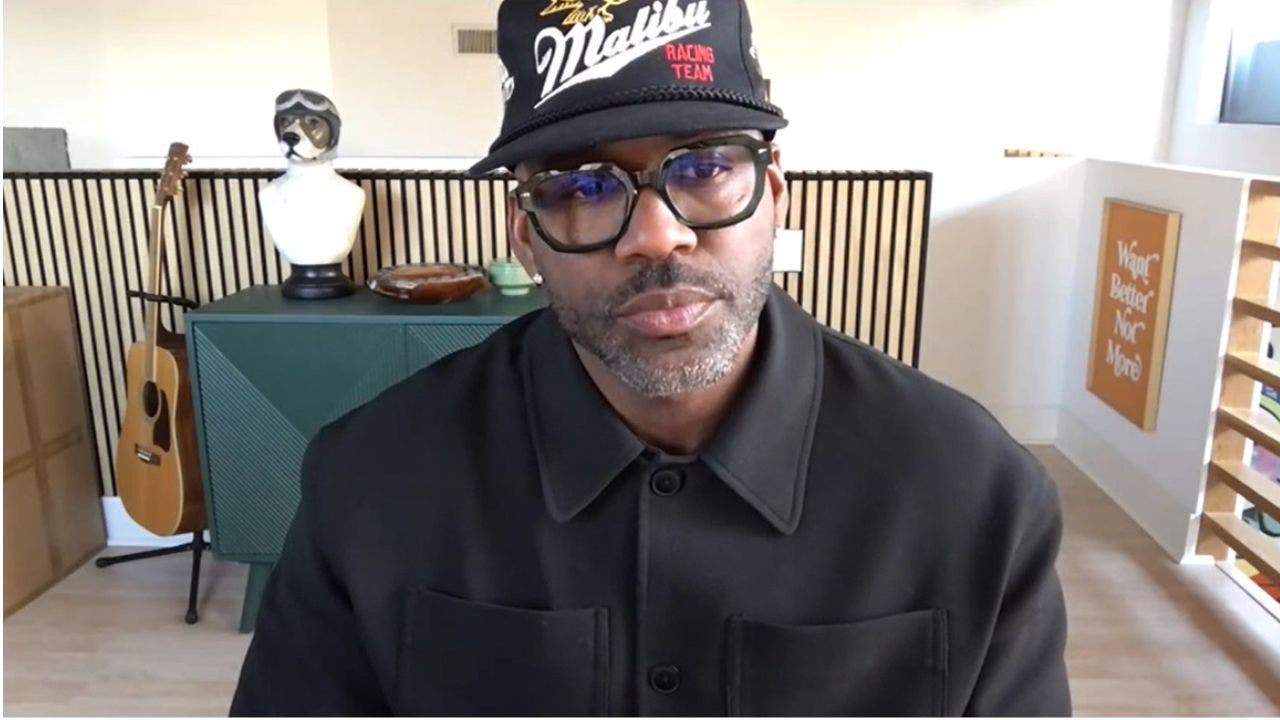NEW DELHI — Prime Minister Narendra Modi’s Hindu nationalist party showed a comfortable lead Tuesday, according to early figures reported by India’s Election Commission, but was facing a stronger challenge from the opposition than had been expected.
The counting of more than 640 million votes cast over the past six weeks in the world’s largest democratic exercise was expected to take all day, with Modi widely expected to be elected to a third five-year term when the final result is declared.
If the 73-year-old Modi wins, it would only be the second time an Indian leader has retained power for a third term after Jawaharlal Nehru, the country’s first prime minister.
Some four hours into the counting, early leads reported by the Election Commission showed Modi’s Bharatiya Janata Party comfortably ahead of the main opposition Congress party.
The preliminary figures showed the BJP ahead in 240 constituencies out of 542 and winning one uncontested race. Congress was leading in 94 constituencies.
Modi’s National Democratic Alliance group was leading in 287 constituencies, while the opposition INDIA alliance, led by the Congress party and its main campaign leader, Rahul Gandhi was leading in 225.
The Election Commission does not release data on the percentage of votes tallied, but counting was to go on throughout the day and early figures were expected to change.
Exit polling from the weekend had projected the NDA to win more than 350 seats. Indian markets, which had hit an all-time high on Monday, were down sharply in midday trading Tuesday, with benchmark stock indices — the NIFTY 50 and the BSE Sensex — both down by more than 7%.
Some 642 million people voted in the election, with an average 66% turnout across the seven phases, according to official data.
Extreme heat struck India as voters went to the polls, with temperatures higher than 45 degrees Celsius (113 Fahrenheit) in some parts of the country. The chief election commissioner Rajiv Kumar said officials had learned a valuable lesson. “We should have completed the election at least one month before,” he said. “We shouldn’t have let it continue into so much heat.”
Temperatures were somewhat lower on Tuesday for the counting, but election officials and political parties still took precautions, hauling in large quantities of water and installing evaporative coolers for people outside the buildings where votes were being tallied and party headquarters.
On Tuesday, BJP workers outside the party’s office in New Delhi performed a Hindu ritual shortly after the counting began. Meanwhile, supporters at the Congress party headquarters appeared upbeat and chanted slogans praising Gandhi, the party’s campaign face.
In his 10 years in power, Modi has transformed India’s political landscape. His popularity has outstripped that of his party’s, and has turned a parliamentary election into one that increasingly resembles a presidential-style campaign. The result is that the BJP relies more and more on Modi’s enduring brand to stay in power, with local politicians receding into the background even in state elections.
“Modi was not just the prime campaigner, but the sole campaigner of this election,” said Yamini Aiyar, a public policy scholar.
His supporters see him as a self-made, strong leader who has improved India’s standing in the world, and credit his pro-business policies with making the economy the world’s fifth-largest.
But a decade of his leadership has also left the country deeply divided. Modi’s critics and opponents say his Hindu-first politics have bred intolerance, hate speech and brazen attacks against the country’s minorities, especially Muslims, who comprise 14% of the population.
India’s economy, one of the fastest-growing, has become more unequal under Modi. While stock markets reach record-highs and millionaires multiply, youth unemployment has soared, with only a small portion of Indians benefitting from the economic boom.
The country’s democracy, Modi’s critics say, is faltering under his government, which has increasingly wielded strong-arm tactics to subdue political opponents, squeeze independent media and quash dissent. The government has rejected such accusations and say democracy is flourishing.
As polls opened in mid-April, a confident BJP initially focused its campaign on “Modi’s guarantees,” highlighting the economic and welfare achievements that his party says have reduced poverty. With him at the helm, “India will become a developed nation by 2047,” Modi repeated in rally after rally.
But the campaign turned increasingly shrill, as Modi ramped up polarizing rhetoric that targeted the Muslim minority, a tactic seen to energize his core Hindu majority voters.
His opposition, the INDIA alliance led by the Congress party, has attacked Modi over his Hindu nationalist politics. It hopes to benefit from the simmering economic discontent, and its campaign has rallied around issues of joblessness, inflation and inequality.
But the broad alliance of over a dozen political parties has been beset by ideological differences and defections, raising questions over their effectiveness. Meanwhile, the alliance has also claimed they’ve been unfairly targeted, pointing to a spree of raids, arrests and corruption investigations against their leaders by federal agencies they say are politically motivated. The government has denied this.
Another victory would cement Modi as one of the country’s most popular and important leaders. It would follow a thumping win in 2019, when the BJP won 303 out of 543 parliamentary seats.
___
AP reporter David Rising contributed to this story.




















Discussion about this post